25 Must-See Products At CES 2010
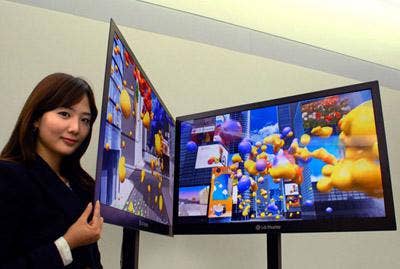
Just like laptops and netbooks, HDTVs and LCD displays seem to be getting thinner and thinner every day. They way these technologies are dropping in size, you'd think they were contestants on "The Biggest Loser."
LG Display is the latest to hop on the bandwagon. The company will introduce what it calls "the world's thinnest display," a 2.6mm-thick LCD. The LG "Extreme Slim" display boasts a 42-inch screen with 120 Hz refresh rate and full 1080p resolution. The new LCD weighs under 4 KG or 8.8 lbs, so it's thin and light.

With the success of James Cameron's epic 3D film "Avatar" (left) in theaters, companies are hoping to capitalize on the phenomenon by bringing 3D to the home. Both AMD and Nvidia plan to demonstrate stereoscopic 3D video on Blu-ray. While 3D Blu-ray discs and playback won't be commercially available until well into 2010, the newly developed 3D standard will be on display at this year's CES.
Hopefully, we won't be forced to wear those flimsy paper 3D glasses to view the scenery.
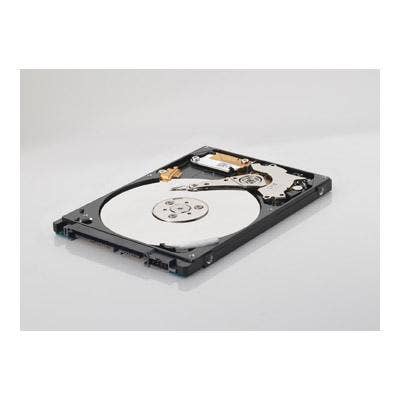
Manufacturers are constantly striving for thinner laptops and netbooks, and in response Seagate has developed the world's thinnest hard disk drive: The Momentus Thin drive. Seagate's newest product will be unveiled in Las Vegas this week, but if you look at the hard drive the wrong way, you might miss it -- the product is a mere 7mm in height, significantly thinner than most 2.5-inch hard drives, which usually measure around 9.5mm. With a 160GB model and a 350 GB model, the Momentus Thin will likely be a staple for the crop of smaller, thinner netbooks coming in 2010.

It's ironic that Boxee -- that nifty media center software and social networking platform -- hasn't had an actual device to call home. Until now, of course.
D-Link will unveil the Boxee Box (as if there could be any other name), which takes the up-and-coming freeware and puts it into a sleek-looking little cube that integrates the Internet with your TV. The Boxee Box allows users to watch Web videos on their HDTV or scan their Facebook pages and Twitter accounts with the remote control. D-Link's new product can play music from various Web sites, display photos from social media sites, and add content from different sources using RSS and XML feeds. The small device (120mm x 120mm x 120mm) has HDMI, Optical Digital Audio (S/PDIF), and Ethernet connectors, along with two USB 2.0 ports and an SD card slot.

Tablets will be plentiful once again this year at CES, but some manufacturers are shrinking the form factor and inching closing to the size, shape and feel of a smartphone. Take Notion Ink's mystery "smartpad," which features Google's Android operating system and Nvidia's new Tegra 2 chipset. The Smartpad also comes with a 10.1-inch Pixel Qi screen with 1024 x 600 resolution and supports full 1080p HD video playback, according to SlashGear.
Notion Ink's as-yet-untitled Smartpad has integrated Wi-Fi and Bluetooth capability, as well as USB and HDMI connectivity. And we can't forget the 3.5mm headphone jack, microphone input and 3-megapixel autofocus camera.
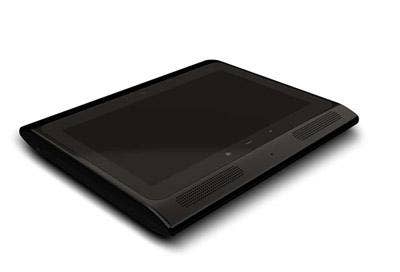
Like Notion Ink, Innovative Converged Devices (ICD) will be introducing some new tablet products at CES, including the 15.6-inch Vega touch screen model. But the model that may be catching everyone's eye -- if they can spot it -- is the 7-inch Ultra.
Like Notion Ink's Smartpad and ICD's Vega, the Ultra boasts the Android platform and Nvidia's Tegra T20 microprocessor. And there are your basic features like Wi-Fi and Bluetooth capability, 1080p HD video playback, HDMI and USB connectivity, and a 1.3-megapixel camera. But for an extremely small form factor, the Ultra has a lot packed into its frame (186mm x 158mm x 18mm), including 4-GB internal storage, 512MB of RAM, and FM radio. There's also an accelerometer and ambient light sensor.
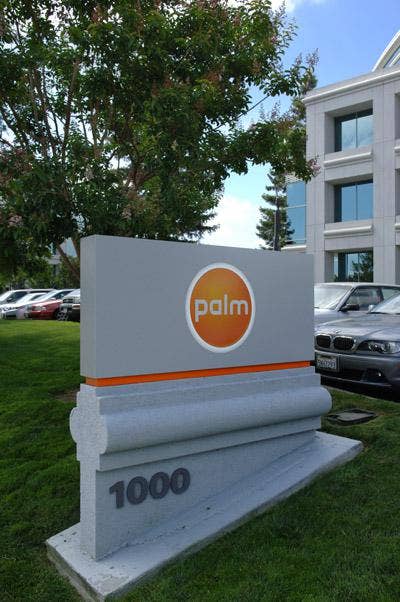
After reporting a big loss in its most recent quarter and dodging doubts about its future in the highly competitive smartphone space, Palm will introduce its newest mobile operating system, WebOS, this week to help it rebound.
Will it work? Palm says the 1.3.5 OS version will offer a number of improved features for Palm's own Pre and Pixi smartphones, including enhanced application storage, longer battery life and better connectivity. The Pixi will also get improved speed, which has been sorely lacking for the larger Palm smartphone. Palm also plans on a major effort to lure more application developers for its platform. The company has lagged far behind Apple and Google in terms of winning over developers with sound tools and prominent marketing.
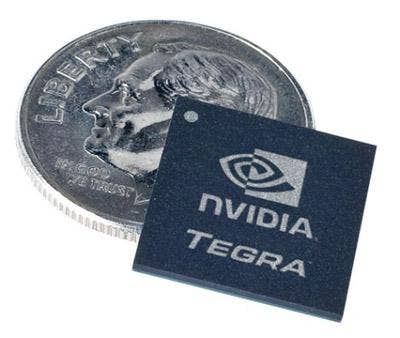
Nvidia's first release of its Tegra mobile system-on-a-chip didn't receive the fanfare that many had hoped for, mostly because the devices that used the platform weren't very popular (hello, Microsoft Zune).
But that should change in 2010. Nvidia will show off its Tegra 2 chipset this week in Las Vegas, and while it's keeping the details under wraps, a number of netbooks, smartpads, and smartphones (see Notion Ink and ICD in earlier slides). Nvidia officials are touting the second generation Tegra as being twice as powerful as its predecessor and use less power with a 40-nm architecture. In addition, the platform will reportedly have a dual-core ARM general purpose processor and improved graphics.
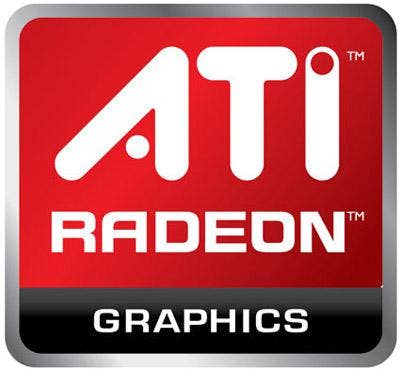
Don't look now, but the GPU wars have heated up once again. AMD has jumped out in front of the DirectX 11 race with its impressive Radeon HD 5970.
AMD has at least two new graphics cards coming in early 2010, which will be aimed at the "mainstream audience," according to the company. Could it be the high-powered, ultra low-priced Radeon HD 5670 DirectX 11 card? That's the popular rumor these days. The Radeon HD 5670 will reportedly be priced under $100 and be based on AMD's "Redwood" 40-nm GPU architecture. We'll have to wait and see how this graphics card does in benchmark tests, but at that price, AMD's newest GPU will be attractive just about any way you look at it.
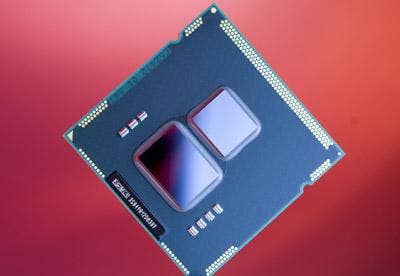
Intel has had a rough time lately, thanks to antitrust lawsuits and the cancelled Larrabee project. But the world's largest chip maker is hoping to bounce back in 2010, and the company will begin its attack at CES. In fact, Intel has so many chips and platforms scheduled for launch early next year it'll make your head spin.
The big products will be Intel's new Core processors and the next generation Atom platform. In Intel's own words, the Core i3, i5, and i7 chips will "take center stage" at the event, including the high-end i7 quad core mobile process codenamed "Clarksfield." But wait, there's more.
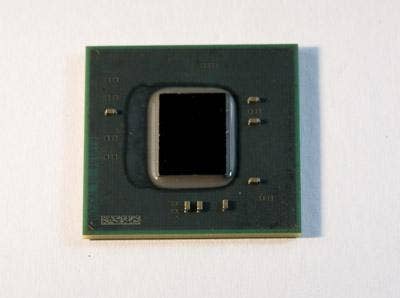
Then there's the new "Pine Trail" line of Atom processors. The new version of Intel's popular netbook platform features the Intel Atom N450 processor and NM10 Express chipset. Pine Trail promises integrated graphics built into the CPU, significant performance improvement, small chip size and an average 20 percent drop in power consumption.
Along with the netbook version of Pine Trail, Intel also has the Atom D410 and dual core D510 processors for entry level desktops. So in addition to more than 80 netbook models from various manufacturers like Acer, Dell and Samsung, the Atom will also get plenty of play on desktops as well.
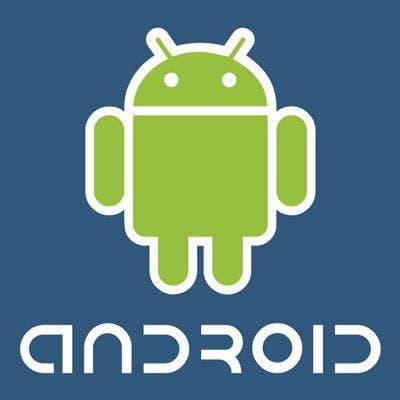
Dell has been oddly quiet leading up to CES, but the rumors swirling about Round Rock, Texas, is that the computer maker will launch an ultra-small tablet PC running Google's Android platform.
Dell has declined comment, but the word is, according to gadget blog Pocket-Lint, that the company will unveil a small 5-inch device with a touchscreen at this year's trade show. So it's bigger than a smartphone but much smaller than your typical tablet PC. And since Dell has been pushing tablets and smartphones, it seems likely the company would have a new product to show off in Vegas.
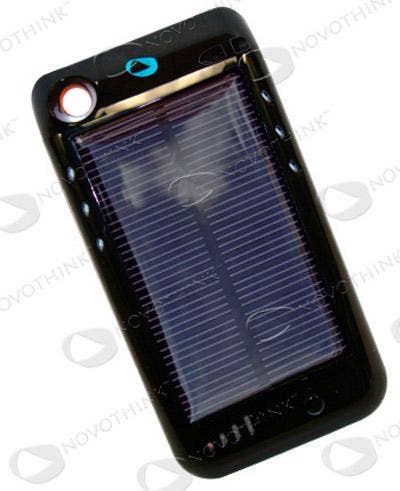
If you've ever been frustrated by how quickly your iPhone or iPod drains its battery life and yearned for a quick fix for your power problem, then Novothink may have the product for you.
Novothink's Solar Surge is a solar-powered iPod/iPhone charger that fits around your device like a thin case. According to Novothink, the Solar Surge will constantly charge your iPod or iPhone while you're jogging, for example, as long as the device is exposed to sunlight. The charger's solar panel outputs 5.5V at 100 mAh in full sunlight, and two hours of direct sun light will provide approximately 30 minutes of talk time on a 3G network, according to Novothink.
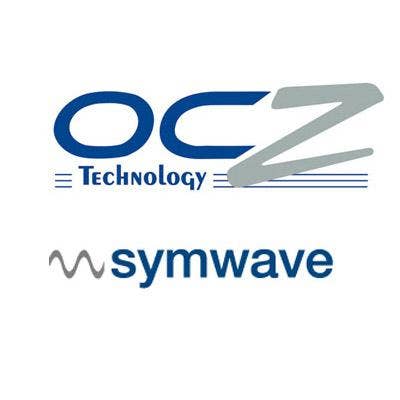
Sometimes, it takes two to tango. With USB 3.0 on the horizon, OCZ Technology Group teamed up with Symwave to develop next generation USB 3.0 solutions. And the first fruit of this partnership will be a new Solid State Drive (SSD) that leverages the new USB 3.0's SuperSpeed bus.
According to the two companies, the new external SSD device will deliver 10 times the transfer rate of USB 2.0 storage devices at 5 Gb/s. The new product will also come with superior power management and lower CPU utilization. All this in a package that the two companies call the smaller and lowest power consuming external storage device on the market.
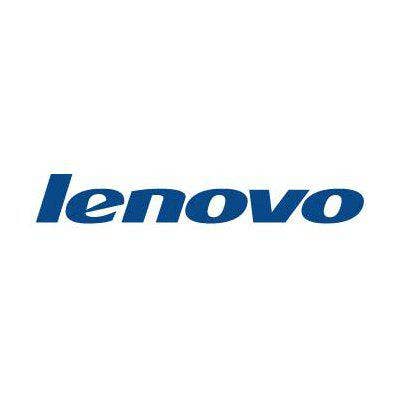
Netbooks may be everywhere these days, but let's not forget the smartbook. Slightly smaller than a netbook, but much larger than a smartphone, the smartbook is designed to run all day with low power consumption and have the same kind of connectivity we've come to expect with our phones.
Lenovo provided a sneak peak of its forthcoming untitled smartbook at a recent Qualcomm event. The product will reportedly use Qualcomm's Snapdragon platform, which includes an ARM-based 1 GHz CPU and was primarily designed for smartphones. The Lenovo smartbook will also come with Google's Android OS (are we detecting a pattern here?) and built-in Wi-Fi capability.
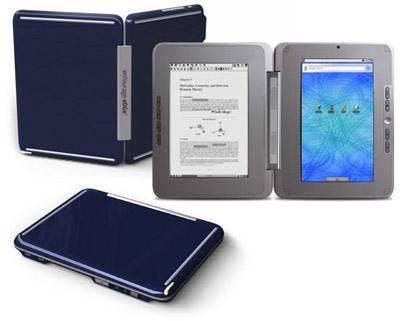
With all the mobile devices on the market -- smartphones, laptops, netbooks, smartbooks, and e-readers -- owning various devices can be much. Entourage Systems aims to combine several of these mobile devices into one convenient product.
The EnTourage eDGe is reportedly the world's first "dualbook" " a hybrid netbook/tablet PC combined with an e-reader and audio/video player and recorder rolled all into one. The eDGe dualbook's e-reader screen is 1200 x825 pixels and measures 9.7 inches diagonally. The netbook side of the device, meanwhile, has a 1024 x 660 pixel screen and measures 10.1 inches diagonally. The dualbook weighs under three pounds and comes with 3 GB of memory to help carry thousands of books.The eDGe dualbook begins shipping in February for $490.00.
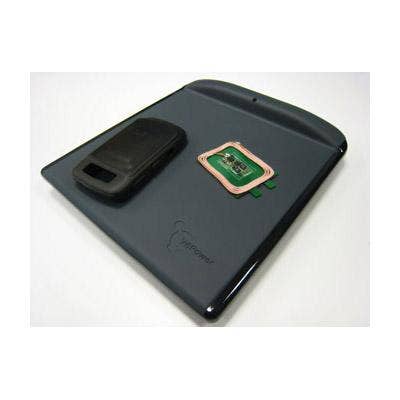
For road warriors who are tired of traveling with multiple battery charging devices for smartphones, digital music players, digital cameras, netbooks, and laptops, WiPower (short for wireless power) may have the answer.
WiPower's wireless charging technology allows users to simply lay their devices on a simple panel the size of a small mouse pad to get a charge. Plug the wireless charging station into a nearby outlet and devices with integrated power receivers will start juicing up. Users can place multiple devices on the mat to receive charges, and while the electrical efficiency of the charging mat isn't as high as a wired power cable, WiPower's product comes pretty darn close. And it's a lot easier to carry than all those tangled power cords and chargers.
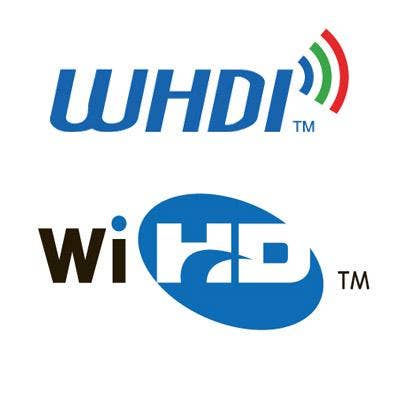
It wouldn't be CES without two competing technology standards battling it out on the show floor.
This year, the competition will be between Wireless Home Digital Interface (WHDI) and WirelessHD, both of which aim to provide uncompressed wireless delivery of high definition video, including full 1080p. WirelessHD claimed to be the first on the scene and boasts high-speed rates of up to 4Gbps in the 60 Ghz unlicensed band. Meanwhile, WHDI promises rates of up to 3Gbps in the 5 GHz unlicensed band with latency of less than one millisecond. Both standards are said to offer a wireless range of up to 100 feet or 30 meters. The WHDI consortium releases its specifications for WHDI 1.0 last month, and WirelessHD is said to be readying its second generation specifications. The WHDI standard is being pushed by Amimon, Hitachi, Motorola, Sharp, and LG Electronics. Meanwhile, WirelessHD is being promoted by Broadcom, Intel, Panasonic, NEC, Phillips and Toshiba (Samsung and Sony are supporting both standards). There's sure to be plenty of HDTVs on the show floor carrying one or both of the new standards.
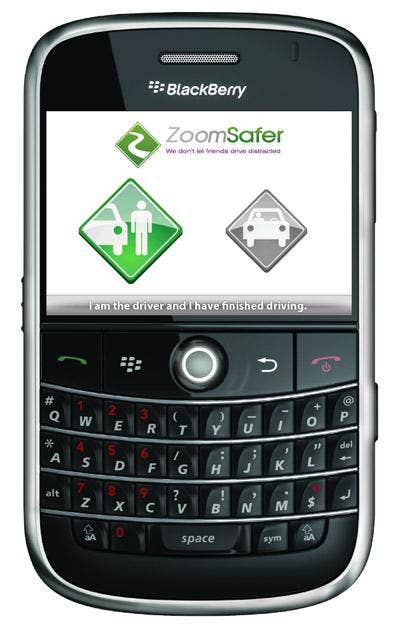
It seems silly that there even needs to be a software tool like ZoomSafer. But with the number of tragic vehicle accidents being caused by people texting behind the wheel, ZoomSafer seems like an appropriate product for our times.
The mobile software program, launched earlier this year, will block text messages and e-mails while users are driving. According to ZoomSafer, the software automatically detects when you're driving and has customizable options, which include auto-reply messages. But best of all may be the ability to prioritize contacts and allow messages from those important contacts to be read aloud by the smartphone. Currently, ZoomSafer is only available on the Blackberry, but the company hopes to support more devices soon.
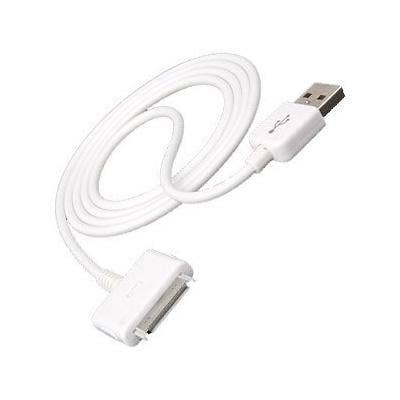
Ford is set to release the next version of Sync, the in-vehicle entertainment and communications platform developed in conjunction with Microsoft. Sync allows users to plug virtually any mobile device, from iPods to smartphones, into the car and use voice commands or steering wheel and radio controls to operate them.
But now Sync will carry a new feature that will make the platform even more compelling. The new version of Sync will allow users to plug in USB modems and create their own vehicle-based Wi-Fi hot spot. While other car makers are offering factory installed Wi-Fi, Ford's Sync will give customers the options to plug in a Wi-Fi network whenever they want.
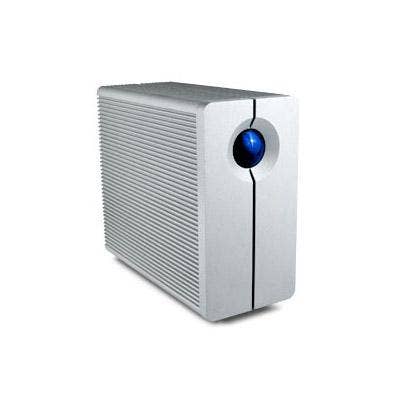
Symwave teamed up with second company to launch another USB 3.0 solution at CES. This time, the USB device company has partnered with storage vendor LaCie to create what the two companies describe as "the world's first USB 3.0 dual-drive RAID drive."
The new product combines LaCie's 2Big USB 3.0 dual-disk RAID solution with Symwave's USB 3.0 dual SATA and RAID bridge controller. As a result, the new 2Big USB 3.0 RAID drive reaches the highest throughput ever achieved in a USB 3.0 external storage product, according to the companies, delivering performance of up to 275 MB/s. Like previous versions of LaCie's 2Big RAID drives, the new USB 3.0 model will support up to 4 TB of storage.
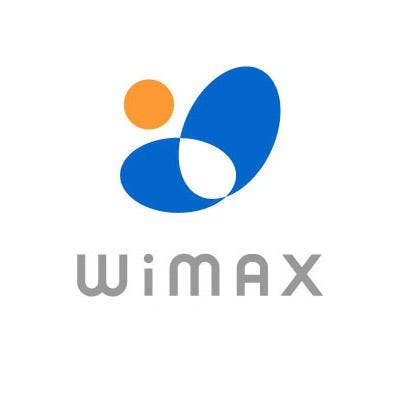
Sprint and Microsoft have something big planned in Las Vegas, and the speculation is that the two companies will introduce a new 4G WiMax smartphone using Windows Mobile. In addition to its big press event with Microsoft, Sprint -- currently the only wireless carrier embracing WiMax for its 4G service -- is hosting another event with LG, which is rumored to be producing a new WiMax phone.
If the speculation is on target, then Sprint will have the first WiMax-enabled smartphone, and Microsoft will have a high profile win for Windows Mobile, which has been slumping in the shadow of Google's Android platform.
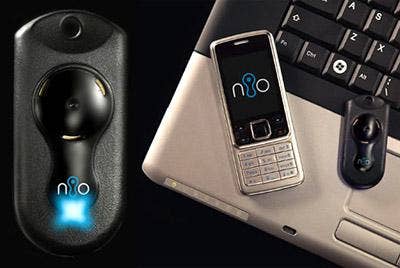
We all know someone who's lost his or her laptop at the security gate in an airport or left their phone in a taxi. The horrors stories off lost devices, not to mention the previous data and contacts on those devices, are plentiful these days, but Tenbu Technologies has come up with a solution to prevent such mishaps.
Tenbu's Nio is a Bluetooth-enable security tag that looks similar to the car alarm trigger on your keychain. The difference is the Nio device connects to your mobile devices like your smartphone or laptop through Nio's software. When you leave a predefined security zone and the device gets too far away, the Nio key will set off an alarm. The product has customizable settings that allow users to expand the security zone and set up a timetable for when the alarm will go active.
Sure, it could be annoying to hear car alarm-like noises going off inside airports, subways and office buildings. But it's better than losing your devices and data.
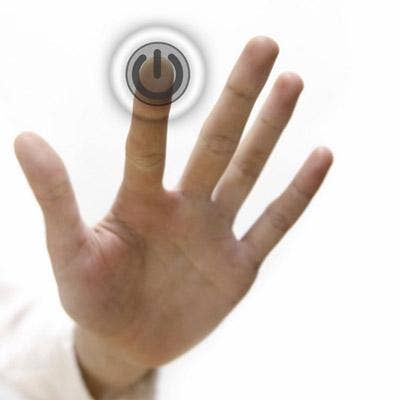
Biometric security has been one of the more intriguing technologies of the last decade, but adoption of these products hasn't exactly set the world on fire. Could 2010 be the year that biometric security makes real progress?
Egis Technology certainly hopes so. The company, which specializes in biometric security and data encryption solutions, will introduce the its new ES603-AF All-Flat Design Fingerprint Sensor. The product name is a mouthful, but the solution is compelling. The 192-pixel sensor, which measures 12mm x 1.8 mm, is designed to be seamlessly integrated into the smallest and thinnest laptops, netbooks and smartphones on the market (and as you've seen on this list, there are plenty of those devices). The ES603-AF sensor promises to produce more solid fingerprint images while the surface is smooth, more durable and aesthetically pleasing.
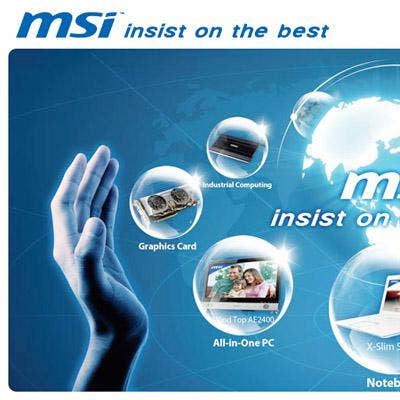
The netbook looks to dominate CES again this year. And since there are a large group of manufacturers playing in the space and so many different versions, we picked out one particular netbook that exemplifies the growing model.
The MSI Wind U160 netbook, which was leaked prior to the holidays, is 10.1 inches and comes with Intel's new Atom N450 1.66 GHz processor. According to Engadget, which first reported the model, the new Atom chip will give the Wind U160 more than 10 hours of battery power. The new netbook will have a totally redesigned case with what appears to be a chiclet keyboard, too. MSI's Wind U160 will reportedly be priced at around $330 to $350.